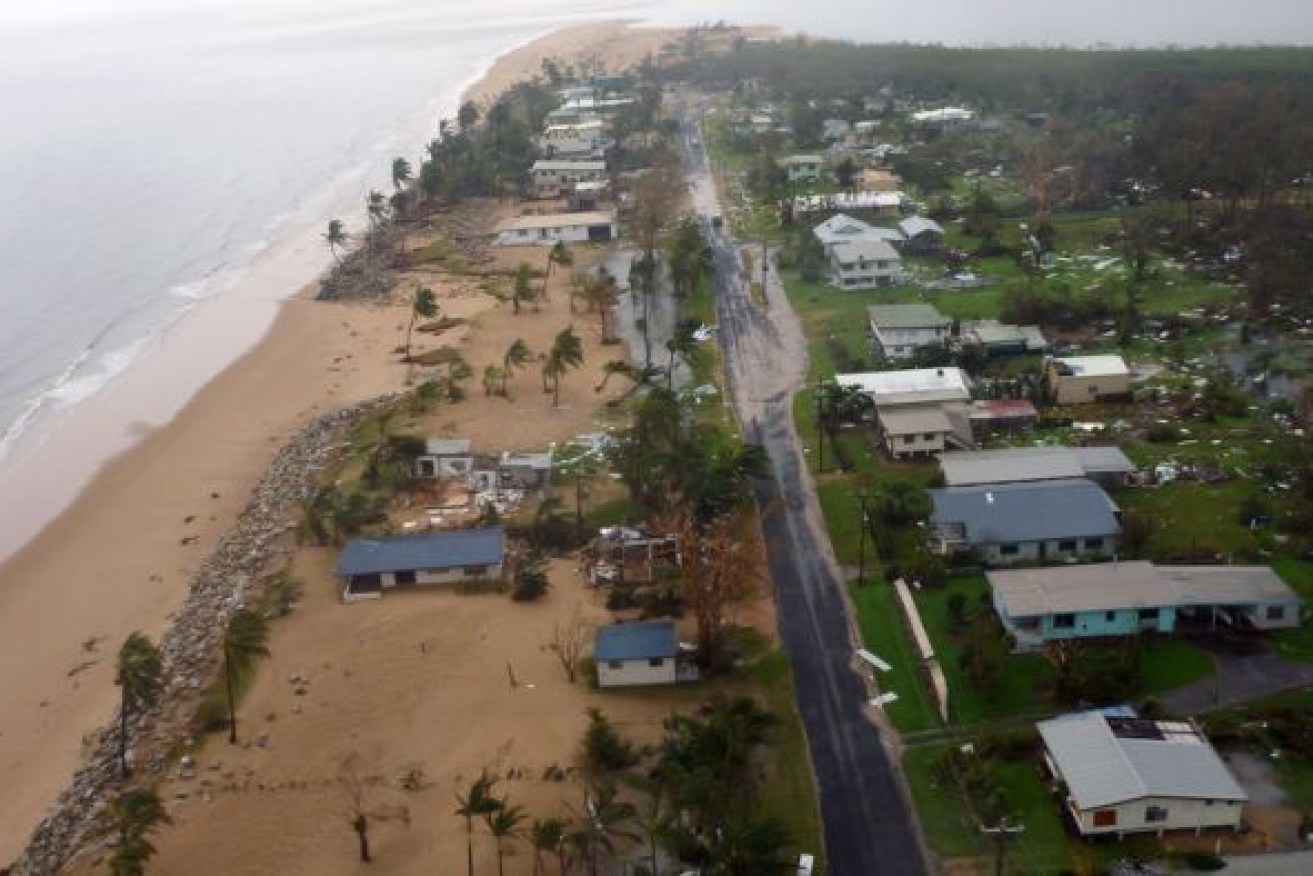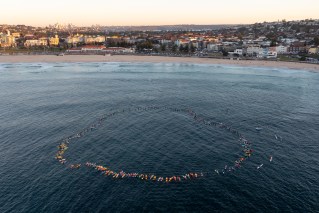Wet enough? You’d better get used to it, with ‘another Yasi’ on the way
Recent severe weather is a sign of what is to come this summer, the Bureau of Meteorology says, with the current La Niña event set to become almost as strong as the system that brought major flooding to Queensland nearly a decade ago.

The foreshore of Tully Heads was devastated by a storm surge whipped up by Cyclone Yasi in 2011. Photo: ABC
Over the weekend, wet weather delivered parts of Queensland hundreds of millimetres of rain, dangerous tides and coastal erosion.
Bureau of Meteorology (BOM) manager of environmental prediction Victoria Dodds said severe weather over the past few days was a reminder the season had only just begun.
“We need to keep abreast of the situation over the coming months,” she said.
“With a La Niña on the cards, typically that means we’re looking at potentially a wet season as we go into the summer months.
“With the rainfall signal, that means there’s an increased risk of widespread and prolonged flooding, so we could be looking at a more active flood [season] than we’ve seen for some time.”
Another La Niña event caused major damage to Queensland when Tropical Cyclone Yasi crossed the north Queensland coast in February 2011, destroying homes, crops and businesses.
Further south, major flooding claimed 33 lives.
Three-quarters of Queensland was affected.
‘Pretty intense severe weather season’
BOM decision support manager Laura Boekel said there had been some La Niña events since then.
“[But] we’re seeing a similar strength [to the system a decade ago] — not quite as strong — this time around,” Boekel said.
“Even though the La Niñas are different, we’re absolutely gearing up for what could be a pretty intense severe-weather season.
“So for this tropical cyclone season, because of the La Niña status, we are expecting an increased amount of cyclones, not just for Queensland but for the entire Australian region.”
Dodds said wet weather early in the season meant river systems were more susceptible to flooding if tropical cyclones arrived.
“With that signal of potentially more weather systems for the coming months, then it just takes one tropical cyclone to cause major devastation,” Dodds said.
“We saw in [Tropical Cyclone] Debbie [in April 2017] that brought a lot of the large catchments in Queensland into play such as the Fitzroy [River].
“The outlook suggests there’s a lot more rain on the cards.”
– ABC / Jemima Burt












